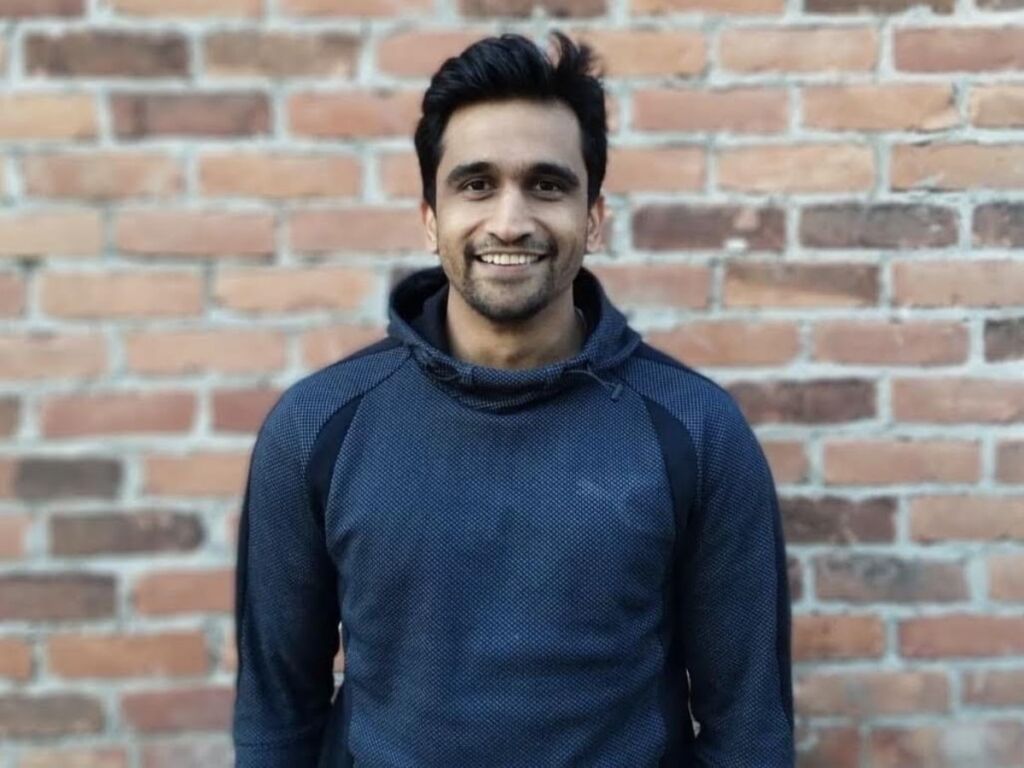Mr. Akaash Ramakrishnan, Co-Founder and COO, Adskate
New Delhi (India), June 9: The pandemic forced people to work from home and created a work-life culture that is now considered a norm. Additionally, people began consuming more video content through the pandemic. In 2020, it was estimated that 9 out of 10 viewers wanted to view more video ads from brands and businesses. Moving on into 2022, it is predicted that an average person will be spending 100 minutes watching online content per day. These data points are indicative of the fact that advertisers and brands have to be swift in deploying online ads across different domains, streaming platforms, and apps.
A customer’s need to consume online content exponentially increased during the pandemic. It was estimated that 1.1 billion people worldwide were subscribed to a video streaming platform. In other words, this sort of exponential growth rate has led video streaming platforms to think of creative ways to advertise to potential customers.
Additionally, advertisers have to ensure that the ads that they are deploying are personalized and based on what the viewers are consuming at that moment. This accelerated growth has given rise to OTT marketing. CTV and OTT platforms are using their platforms to promote products and services. As CTV and OTT platforms are used more programmatically, it will enable advertisers to focus on specific demographics, lifestyles, geography, and income to deliver ads that are tailored to a consumer’s taste and expectations.
According to e-Marketer, In 2020, CTV ad spending reached $14.4bn USD, and this was close to a 60% increase compared to the previous year. For brands and advertisers, CTV and OTT realm has proven to be a new medium and method to reach out to their audience in a personalized manner. Additionally, OTT/CTV marketing provides the capability of advertising on a content level, and the users do not have to be bound by geographical restrictions. For example, Top Gun: Maverick can be advertised in India on HotStar and, at the same time, be advertised in the US on Amazon Prime. This enables the advertiser to have maximum reach while having an optimal ad spend.
Since TV viewing consumption has shot up tremendously, the upfront cost for CTV ad spending has grown quickly too. By the end of 2022, the advertising ad spends for CTV/OTT will be hovering at the $5 billion mark.
CTV and OTT advertising is the best method to increase brand awareness. Recently, Kantar produced a research study that stated that ad spending on CTV and OTT for political campaigns in 2022 had reached $1.2 billion. Advertisers are making it a point to ensure that their messaging touches different screens within a single household. This tremendous spike in ad spending is changing the way marketers are planning, purchasing, and executing campaigns in the TV world. But with this tremendous growth, we are noticing ad fraud increasing.
Recently, a report was published by the IAB (Interactive Advertising Bureau) that 63% of advertisers buy ad inventory directly from publishers, and 61% use programmatic exchanges to make buys. Unfortunately, purchases made through a programmatic marketplace have ad fraud associated with it. Advertisers are beginning to allocate budgets for ad fraud too. This is beginning to inflate advertising budgets. Many different measurability and viewability companies in the market space are trying to combat this problem. Measurability and viewability companies are trying to work with premium publishers to study where every single impression has been served and try to weed out the impressions that do not match the specific KPIs that the advertisers have set in place. The methodologies applied currently are a stop-gap to a bigger problem of how to prevent ad fraud.
With the growth of CTV and OTT, it is imperative that the advertising ecosystem build a robust system to protect itself from outliers. CTV and OTT advertising is here to stay, and advertisers have to ensure that they are savvy and agile to keep up with the growing demands of their audience.



